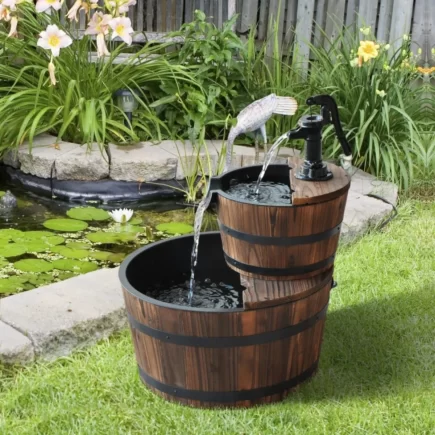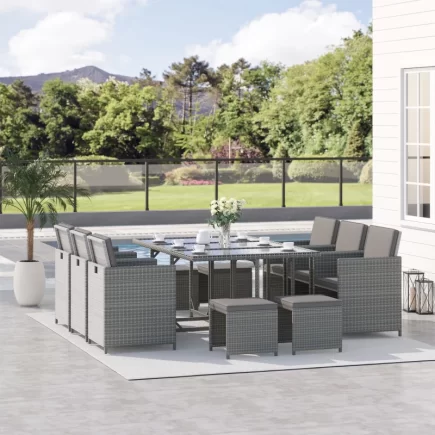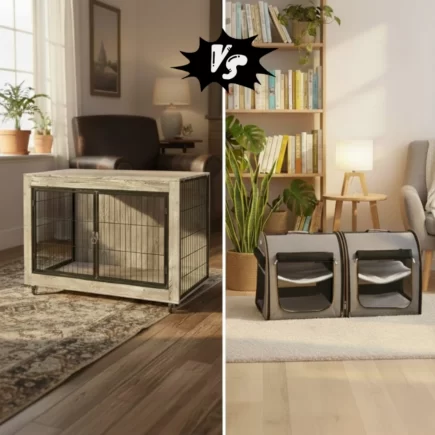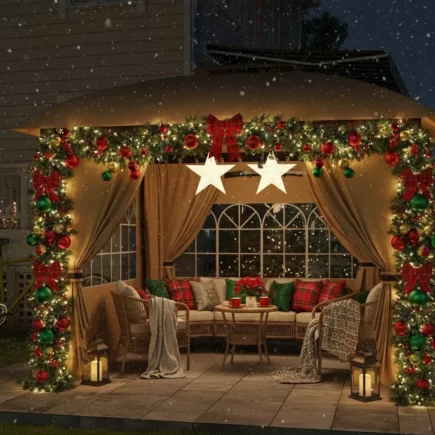Camping in the great outdoors offers a sense of freedom and connection with nature that few other activities can match. But when the temperature drops, enjoying the experience can quickly turn uncomfortable if you don’t know how to stay warm, especially when you’re sleeping in a hammock. Hammocks provide a unique and relaxing way to camp, but they do present challenges when it comes to maintaining body heat in colder weather.

In this article, we’ll walk you through everything you need to know to stay warm and comfortable in your hammock during colder weather. From selecting the right hammock to layering your clothing, we’ve got you covered. Keep reading to learn how to stay warm and make the most of your hammock camping adventures.
1. Choose a Suitable Hammock
Your journey to staying warm in a hammock starts with the hammock itself. While hammocks are traditionally associated with warm-weather camping, certain hammocks are designed specifically for cold-weather use.
Key Factors to Consider
- Material: A hammock made from durable, wind-resistant materials is essential for keeping the cold at bay. Look for hammocks crafted from fabrics like ripstop nylon or polyester, which are more resistant to wind, moisture, and cold than traditional cotton hammocks.
- Cold-Weather Hammocks: Opt for a hammock designed for cold-weather camping if possible. These hammocks are typically built with thicker, insulated fabrics that help trap heat more effectively. Some brands offer winter-specific hammocks, which feature added insulation or reflective liners to help retain body warmth.
2. Use an Underquilt
The biggest source of heat loss when sleeping in a hammock is the cold air that circulates beneath you. Unlike a traditional tent, where the ground provides some insulation, the hammock exposes your entire body to the cold air below. To prevent heat loss from below, you’ll need an underquilt.

An underquilt is a padded layer that attaches to the bottom of your hammock, providing insulation and blocking out the cold air. It works much like the sleeping pad you would use in a tent but is tailored specifically to hammock use.
Tips for Using an Underquilt
- Ensure that the underquilt fits snugly against the hammock. Any gaps between the underquilt and hammock will allow cold air to seep in, reducing its effectiveness.
- Choose an underquilt rated for the temperatures you expect. If you’re camping in sub-zero conditions, you’ll want an underquilt with a higher insulation rating.
3. Add a Top Quilt or Sleeping Bag
While an underquilt protects you from the cold below, you also need to insulate your upper body. The best way to do this is by using a top quilt or sleeping bag.
Top Quilts vs. Sleeping Bags
- Top Quilts: These are similar to sleeping bags but without a bottom section. Since you’re already insulated from below by your underquilt, a top quilt allows for greater flexibility and comfort. Top quilts are lightweight, compact, and perfect for hammock camping.

- Sleeping Bags: If you prefer the traditional sleeping bag, ensure it is rated for cold weather. A mummy-style sleeping bag works best for hammock camping, as its design helps trap heat around your body and keeps cold air out.
4. Use Sleeping Pads or Inflatable Mats
In addition to using an underquilt, you can further insulate your hammock with a foam or inflatable sleeping pad. These pads act as an additional barrier between you and the cold air, preventing heat loss from the sides and bottom.

Why Use a Sleeping Pad?
- A sleeping pad can help reduce the amount of heat lost through the hammock’s fabric.
- Some hammock designs come with built-in compartments or sleeves to keep the pad in place, ensuring it doesn’t shift around as you sleep.
5. Layer Your Clothing
When camping in cold weather, how you dress can make a significant difference in staying warm at night.
Layering Tips
- Base Layers: Start with moisture-wicking base layers that keep sweat away from your skin.
- Mid-Layers: Add an insulated mid-layer such as fleece, down, or synthetic insulation. This layer traps body heat and offers great warmth without adding too much bulk.
- Outer Layer: Your outer layer should be windproof and waterproof, protecting you from the elements.
6. Set Up Your Tarp Low
One of the biggest threats to your warmth when hammock camping is wind. Wind can strip away body heat and make it harder to stay warm. Setting up your tarp as low as possible helps block the wind, rain, and even snow, providing an essential windbreak and shelter.
Setting Up Your Tarp
Hang your tarp just above the hammock, keeping it as close to the ground as possible. This will trap heat around your hammock and prevent cold air from entering.
Seek Natural Shelter
If you’re camping in an area with trees, boulders, or hills, make use of these natural windbreaks to help shelter your hammock from the cold. Position your hammock near these natural features to reduce wind exposure and protect yourself from harsh conditions.
7. Use a Hot Water Bottle or Hand Warmers
Sometimes, a little extra warmth is all you need to stay comfortable through the night.
Hot Water Bottles
Fill a water bottle with hot water and place it near your feet. The warmth will radiate through the hammock, providing extra heat throughout the night.
Hand Warmers
Place disposable hand warmers inside your sleeping bag or at your feet for additional warmth. These little packets can provide heat for hours and are ideal for cold nights in a hammock.
8. Wear Warm Accessories
Your extremities hands, feet, and head lose heat more rapidly than the rest of your body. Wearing insulated accessories like gloves, socks, and hats will keep you much warmer and prevent heat from escaping.
- Down Booties: These are soft, insulated slippers that keep your feet warm when inside your hammock.

- Balaclavas: A full-face cover can protect your head and neck from wind chill and freezing temperatures.
9. Use a Groundsheet
When camping with a hammock, a groundsheet can be a useful addition. A waterproof groundsheet placed beneath your hammock provides a dry and clean surface to get in and out.

10. Set Up for Ventilation
It’s important to have airflow in your hammock setup, even in cold weather. A well-ventilated hammock will prevent moisture buildup, which can make you feel colder.
- Ensure your tarp or rainfly is set up in a way that allows some ventilation while still protecting you from the elements.
Staying warm in a hammock during cold-weather camping requires a little planning and the right gear. From selecting the right hammock to layering your clothing and using underquilts, there are plenty of strategies you can employ to ensure you stay warm and comfortable. At Aosom, we offer a wide selection of Hammocks and accessories designed to make your outdoor experience better. With the right preparation and a few key techniques, you can enjoy a warm and cozy night under the stars,no matter how cold it gets outside.
FAQs
1. What are the benefits of using a top quilt over a sleeping bag for hammock camping?
A top quilt offers greater flexibility and comfort because it leaves the bottom open, allowing the underquilt to insulate you from below. It’s also lightweight and compact, which makes it easier to pack compared to a bulky sleeping bag.
2. Is a sleeping pad necessary if I’m using an underquilt on Hammock?
A sleeping pad is not strictly necessary, but it can provide extra insulation and comfort. If you’re camping in extremely cold conditions, using a sleeping pad along with an underquilt will ensure you stay warm and protect your hammock from heat loss through the fabric.
3. How do I prevent moisture buildup in my hammock?
Moisture buildup can make your hammock feel much colder. To avoid this, ensure that your hammock is properly ventilated. Set up your tarp or rainfly in a way that allows for airflow while still protecting you from rain or snow.





























